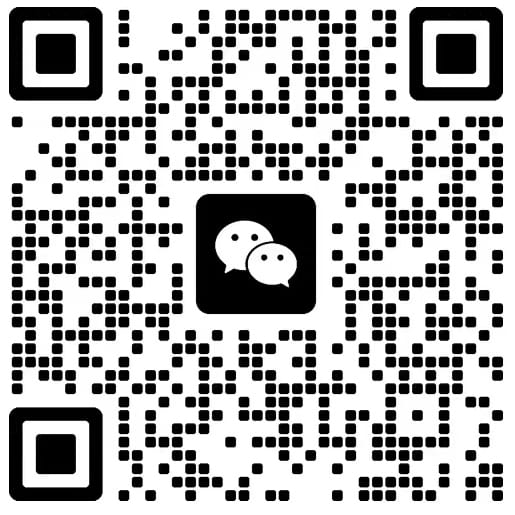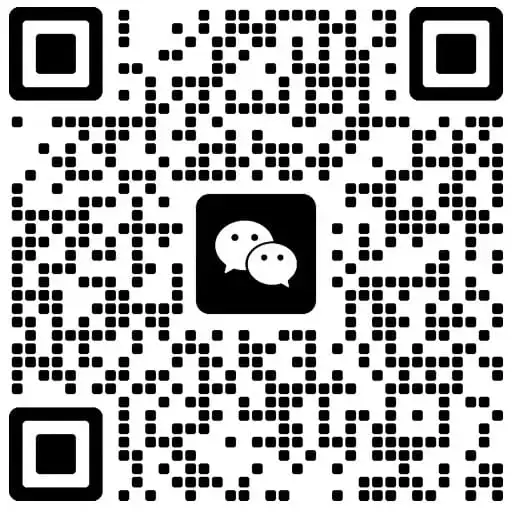A Customs exam is an inspection conducted by U.S. Customs and Border Protection (CBP) to ensure imported goods comply with U.S. regulations. The most common types of exams include:
- X-ray Exam (Non-Intrusive Inspection): CBP scans the sealed container using X-ray technology without opening it.
- Tailgate Exam: The customs authority opens the container doors to visually inspect the cargo without unloading it.
- Intensive Exam: CBP fully unloads the container and conducts a detailed inspection of the goods.
Generally, CBP uses a targeting system that assigns a risk score to each shipment based on various data sources. If the score exceeds a certain threshold, they will flag and examine the shipment.
Factors that commonly trigger a customs exam include:
- First-time importers
- Incomplete or inconsistent documentation
- High-risk goods or countries of origin
CBP collects data through several systems, including:
- AMS (Automated Manifest System): Provides cargo manifest data submitted by carriers.
- ISF (Importer Security Filing): Submitted by importers before cargo arrival.
Using this data, CBP calculates a risk score and may place a hold on the shipment. If necessary, they place a hold and conduct a customs exam before releasing the shipment.




